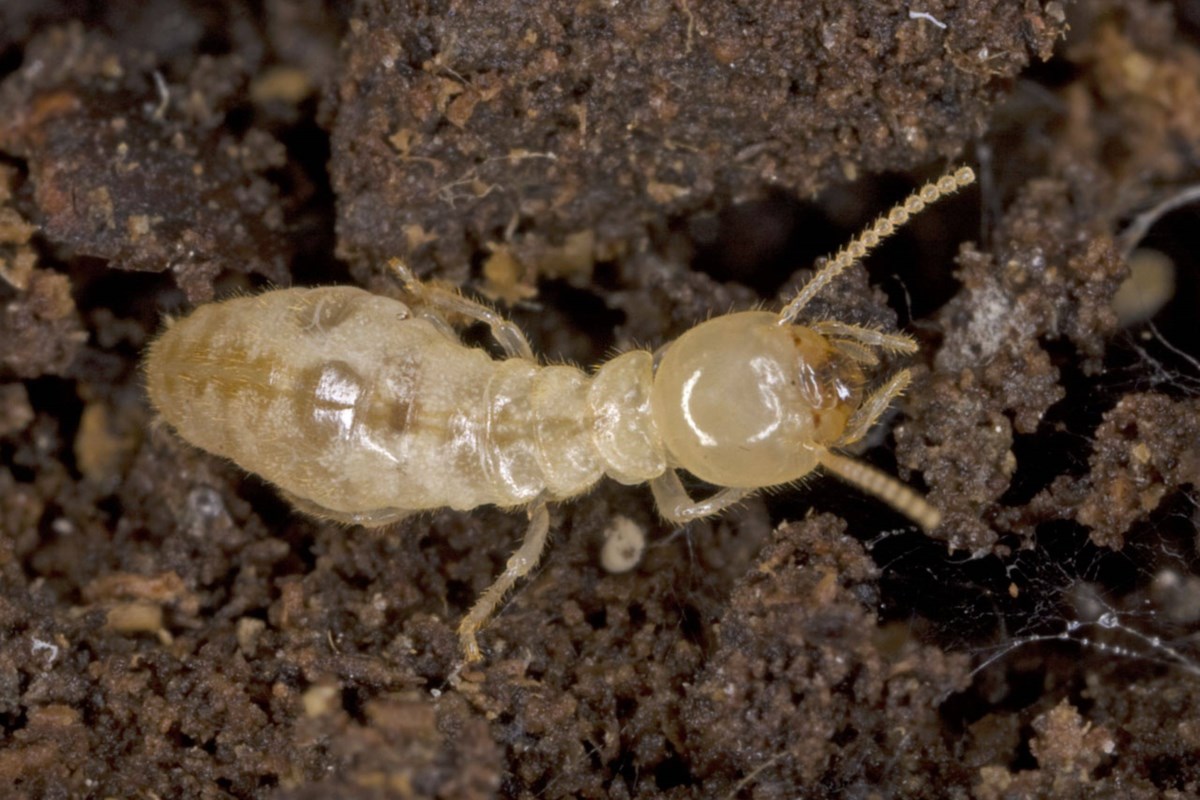A recent study found that termites degrade wood much faster in warmer conditions. For every 10 degrees Celsius rise in temperature, their decomposition activity increases almost sevenfold, she added.
The study, published in Science, also revealed that termites will spread rapidly across the world as the earth warms. This, in turn, could lead to a further rise in global temperatures as these small insects release carbon into the atmosphere when they eat deadwood.
“This study is one of the first to connect the dots between the movement of a species, changes in an ecosystem process and climate change to show that the movement of an organism as small as a termite can cascade to increase speed affecting how wood — a global store of carbon — is broken down,” said Aimée Classen, a biologist at the University of Michigan and co-author of the study, in a statement.
Research details
There are around 3,000 species of termites around the world, including some that eat plant matter and even soil. However, the best known are the wood-eating termites.
According to the researchers, termites’ ability to break down dead wood — dead parts of trees that contain carbon — makes them an important part of the planet’s ecosystem, and that’s why the study focused on them.
For the research, more than 100 scientists were asked to place logs in 133 locations around the world, except in Antarctica, where bacteria, fungi and termites eat dead wood. They then measured the speed at which the logs were eaten in different climates.
As expected, both microbes and termites decomposed the pieces, but the study found that the insects’ decomposition activity increased disproportionately at higher temperatures. For example, in a region with temperatures of 30 degrees Celsius, termites ate wood seven times faster than in a place with temperatures of 20 degrees Celsius.
The researcher also observed that these wood-eating termites were able to survive in warm and dry conditions, unlike microbes that need water to grow. Therefore, with “tropization (i.e., warming shifting to tropical climates), termite wood decay is likely to increase as termites reach more of the Earth’s surface.”
Although these insects are already found in colder areas, they play a limited role in wood decomposition compared to fungi and bacteria.
How far the termites will spread worldwide has yet to be determined, the study said.
Previous studies have also shown that climate change could lead to an increase in termite numbers. According to a report in The Washington Post, a 2017 study concluded that “12 of the world’s 13 most invasive termite species could increase significantly in their distribution by 2050 given current Earth temperature curves.”
Another study by University of Florida scientists found that two Florida termite species could interbreed and hybridize into new “highly destructive supertermites” during warmer winters, the report said.
termites and deadwood
It is well known that trees play an important role in the global carbon cycle. They absorb carbon dioxide through the process of photosynthesis and help keep the atmospheric temperature down.
As a tree ages, certain parts of it die off and become dead wood, which is eventually decomposed by microbes and insects such as termites. When deadwood rots, not only a variety of nutrients are released, but also carbon.
According to the study, termites release carbon from deadwood in the form of carbon dioxide and methane, two of the most important greenhouse gases. So, an increase in the termite population and their faster decomposition activity can cause more greenhouse gas emissions, resulting in a hotter planet.
Amy Zanne, a biology professor at the University of Miami and a co-author of the study, said in a statement, “Microbes are important around the world when it comes to wood decay, but we’ve largely overlooked the role of termites in this process.” She added, ” This means we are not considering the massive impact these insects could have on the future carbon cycle and interactions with climate change.”
Other consequences of climate change
It’s not just the termites that are affected. Researchers have found that as global temperatures rise, a variety of animals, plants and other organisms have changed their behavior, leading to declining ecosystem health.
Studies have shown that when polar bears are unable to kill seals due to shrinking Arctic sea ice, they could quickly switch to eating other creatures. This would threaten the existence of species such as the arctic fox or the walrus. Not only that, it could also lead to overpopulation of seals, which can then threaten the survival of crustaceans and fish, which are an important food source for the local human population.
In February 2022, a study found that with warmer temperatures in the British Isles, plants are flowering on average a month earlier than they used to, according to a CNN report. Scientists said it could set off a chain of events that would lead to the “collapse” of entire species.








